Epiphyte Abundance in Palms in Costa Rica
Epiphyte Abundance in Palms in Costa Rica PDF File
Introduction
Epiphytes are plants that grow on another plant, but are not harmful to the host plant. Many studies have been done to research tree characteristics that increase epiphyte abundance. A study conducted by Martin Frieberg (1996) found that epiphytes were more abundant in the middle of tree crowns. Another study found that epiphytes were more abundant on large branches and on branches that had an incline of 30° or less (Ingram and Nadkarni, 1993). A third study found that large trees had an increased abundance of epiphytes as well as more genetically diverse microhabitats (Woods et al., 2015). Extensive research has been done on epiphytes within La Selva Biological Station. La Selva Biological Station has a mean annual precipitation of 3,824mm and ranges in temperature from 19.55℃ to 32.35℃ (Clark, 2013). There are over 1900 species of vascular plants within La Selva Biological Station, of which 450 are trees or treelets (Matlock and Hartshorn, 1999). Welfia regia is a type of palm tree found in a wide region within Central and northwestern South America, including within the station (Henderson and Villalba, 2013). Socratea exorrhiza is also commonly found within the station and are stilt-root palms (Laube and Zotz, 2006). Both species carry epiphytes. W. regia, however, has a smooth trunk with roots nearly completely underground, whereas S. exorrhiza has small spines and stilt roots (Raines and Snow, 2010). The stilt roots of the S. exorrhiza can grow to be up to 1.5 to 2 meters above ground (Avalos 2004). There is a positive correlation between overall surface area of a tree and colonization rates of epiphytes (Laube and Zotz, 2006). Our research aims to look closer at the specific kind of roots on palm trees that encourage epiphyte abundance. Our research project compares epiphyte abundance between palms with and without stilt roots. Comparing two types of roots of palms allows for further understanding regarding what characteristics make a tree a good host plant for epiphytes. The study of general abundance of epiphytes and the variation between stilt root palms and non-stilt root palms has not been studied to our knowledge.
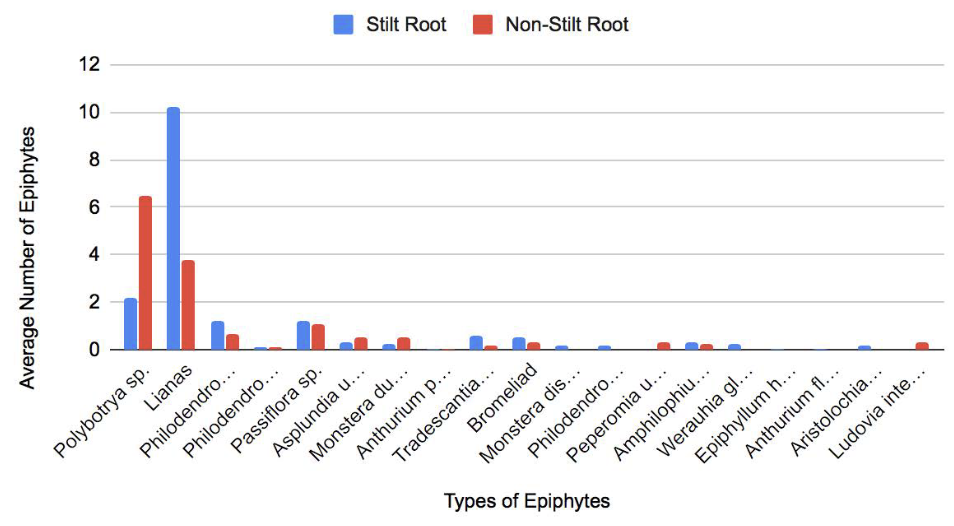
Question and Hypothesis
Our research aimed to answer how the abundance of epiphytes vary between palm tree species with and without stilt roots. It is hypothesized that palms with stilt roots will have a higher abundance of epiphytes compared to palms without stilt roots because the structure of stilt roots is more conducive to epiphyte growth. The stilt roots and spines allow for more spaces on the tree in which epiphytes can grow.
Methods
This study was conducted near the end of the dry season, March 2020, in the tropical wet forest found at La Selva Biological Station in Costa Rica. Epiphyte abundance in palms with stilt roots was compared with epiphyte abundance in palms without stilt roots. We measured the diameter of the palm at breast height (DBH), defined as 1.37m above the ground, with DBH tape. We found our first palms using the “florula digital”. We then continued on paths where the first trees were found and identified additional palms with and without stilt roots. When no additional palms could be found around the original trees, we randomly choose an old forest trail at La Selva Biological Station. We found samples 1-10 on the trail SOR, samples 11-13 on Riverstation trail, samples 14-25 on CES, and samples 26-40 on CEN. Using the naked eye, data was collected from 20 trees of each root type. We counted quantifiable epiphytes on a single tree and identified the epiphytes to at least a family level. No epiphytes were collected, only observed. In order for this study to be conducted on the ground, epiphytes were only counted and identified from a maximum height of 2.5m on the tree. We calculated total quantifiable epiphyte abundance for each tree by finding the sum of all of the epiphytes we were able to count below the 2.5 meter mark. We calculated average abundance of each identified type of epiphyte by separating stilt root and non-stilt root data, finding the total of each type of epiphyte, and dividing by the number of palms whose data were included in sum (20 for both stilt root and non-stilt root palms). This process was then repeated after grouping the epiphytes into their respective families. Using the data gathered from the biological station, we then conducted several two-tailed t-tests with a significance of p=.05 to determine whether or not the difference in epiphyte abundance between the two types of roots is significant. Tables and figures were produced to present the findings of this study.
Results
The results of this study reflect no significant difference in epiphyte abundance between palms with stilt roots and without stilt roots. However, there are some statistically significant differences between individual species and families of epiphytes. Conducting a two-tailed t-test at significant level p=.05 shows that there is enough evidence to conclude that the abundance of Polybotrya sp. is significantly higher in non-stilted palms than it is in stilted palms. Conducting a two-tailed t-test at significance level p=.05 shows that there is enough evidence to conclude that the abundance of lianas is significantly higher in stilted palms than in non-stilted palms. When regrouped into families, data shows that the Piperaceae family is significantly more abundant in non stilted palms than in stilt root palms. No other data had a statistically significant difference.
Discussion
Epiphytes can account for 35% of vascular floral diversity (Ingram and Nadkarni, 1993). Better understanding these plants allows us to better understand plant diversity. Understanding what enables epiphytes to flourish is also important in conservation efforts. A study conducted in Ecuador found that primary forests had greater epiphyte diversity compared to isolated trees and secondary forests (Köster et al., 2011). The Köster study shows that deforestation has a negative impact on epiphyte diversity. We can better protect the whole ecosystem when we understand which tree characteristics encourage epiphyte abundance. Understanding which root system makes better host plants for specific types of epiphytes allows us to advocate for increased conservation of specific tree species with that root system.
Conclusion
Based on our data, neither type of root in palms is more conducive to total epiphyte abundance. This leads us to conclude that conservation efforts for both types of roots are equally necessary to maintain maximum biodiversity. Some things that could be improved upon in additional experiments include studying common epiphytes before conducting research to better guarantee correct identification, obtaining a larger sample size, and configuring a way to better count all the epiphytes on the entire tree. Further research could also be done on the relationship between available surface area and epiphyte abundance between stilt root and non-stilt root palms. Epiphytes are a large contributor of biodiversity and are a vital part of rainforest ecosystems. Our rainforests are an incredibly valuable habitat and we should continue to study and conserve this asset to our planet.
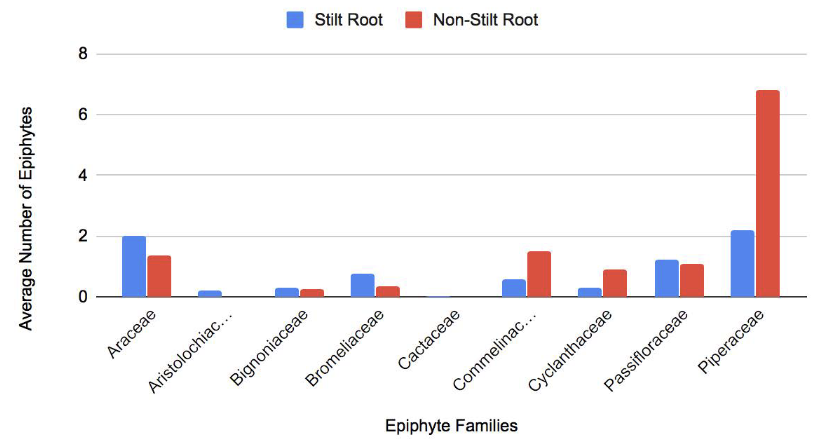
Various Kinds of Epiphytes We Counted and Identified on Our Study Trees
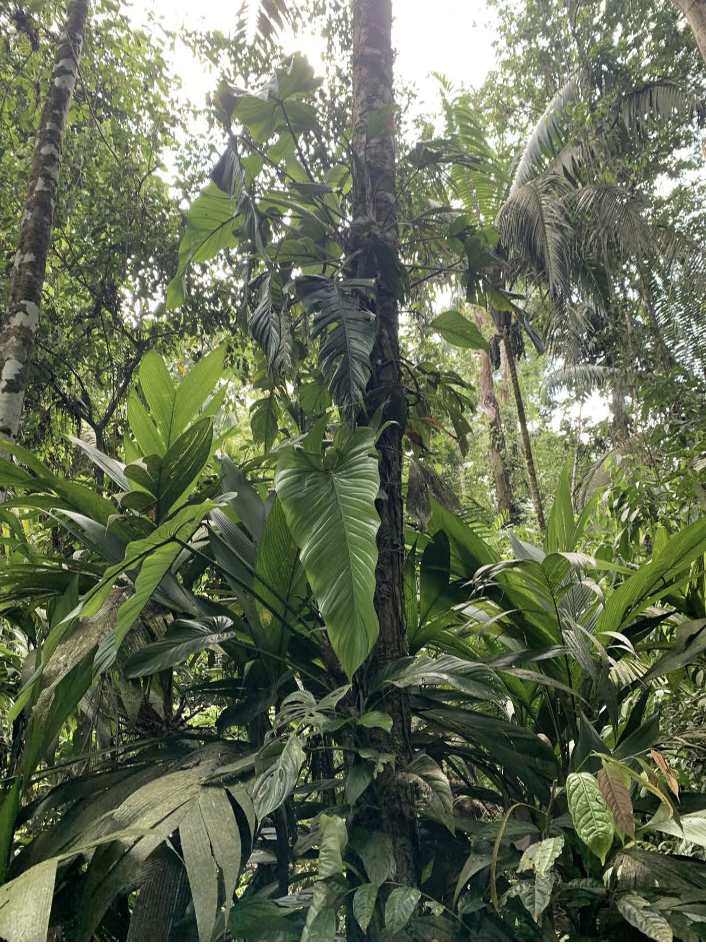
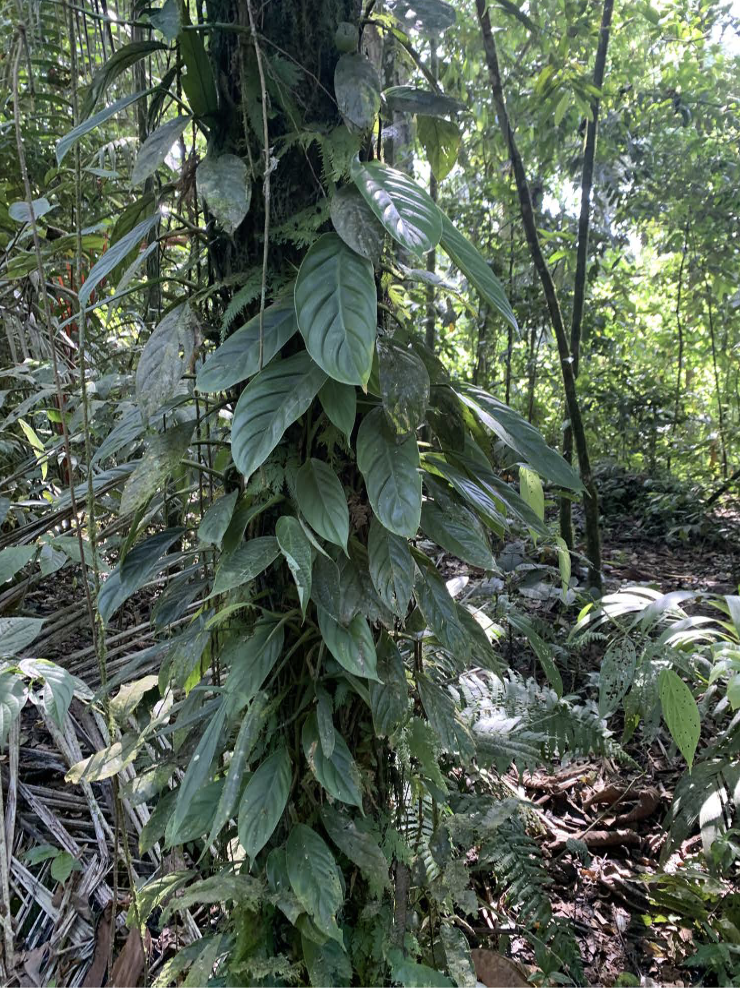
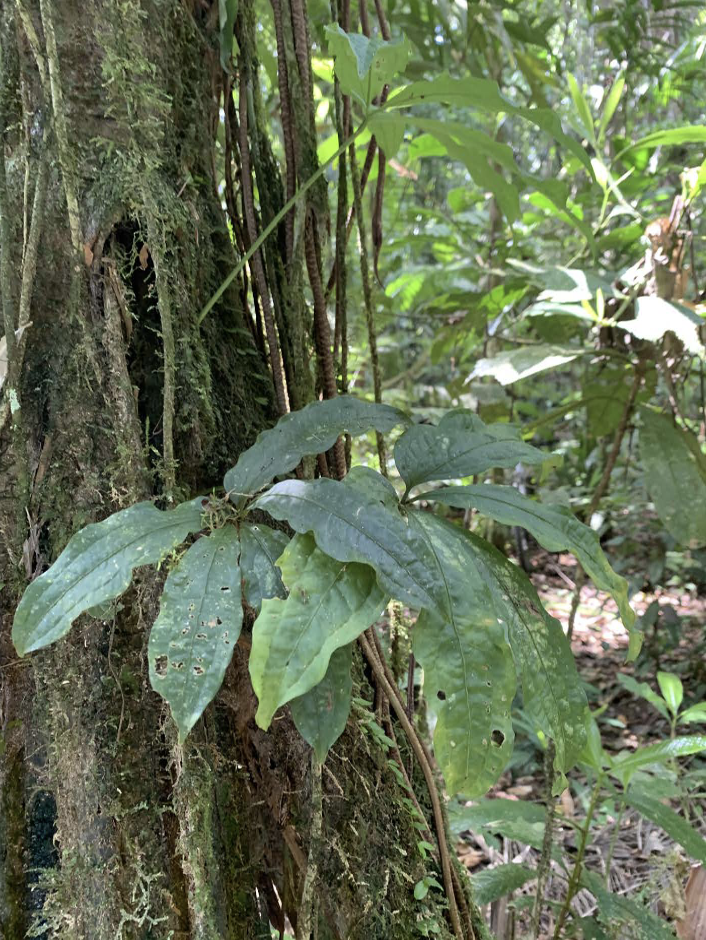
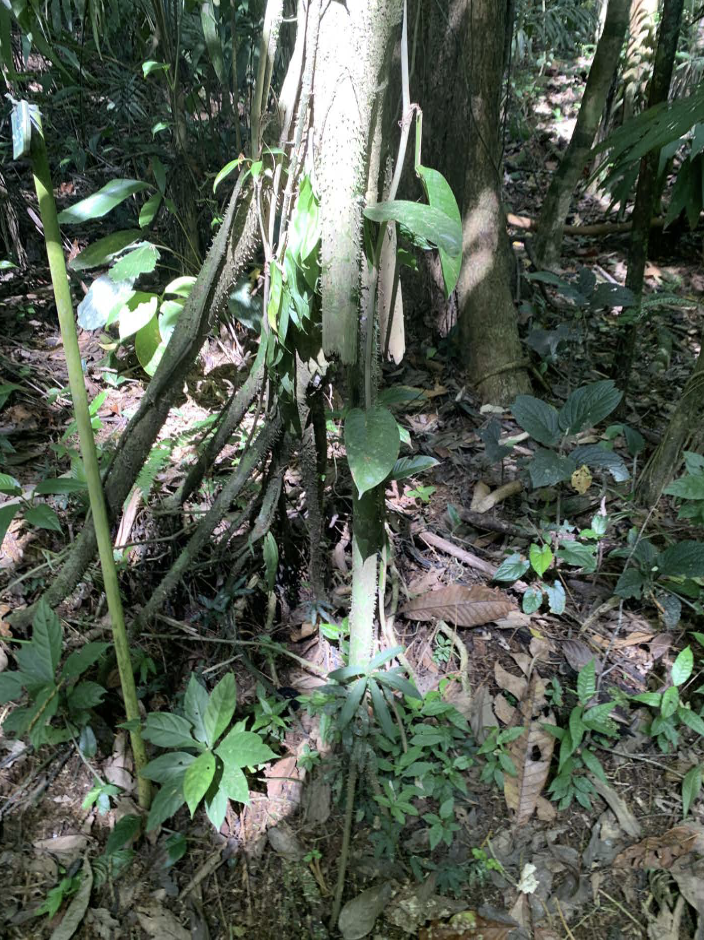
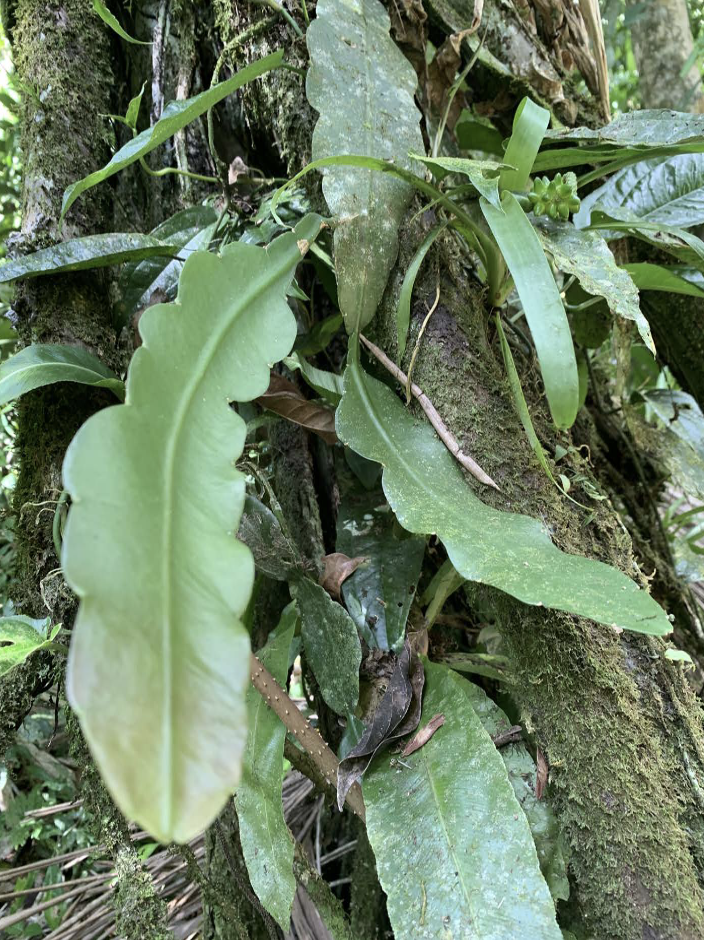
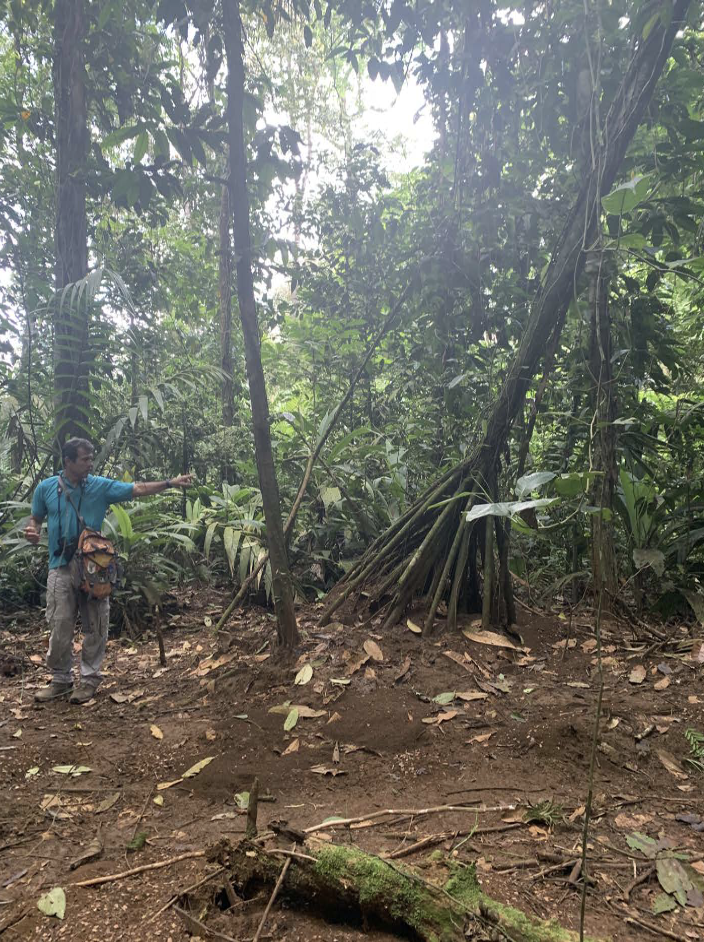
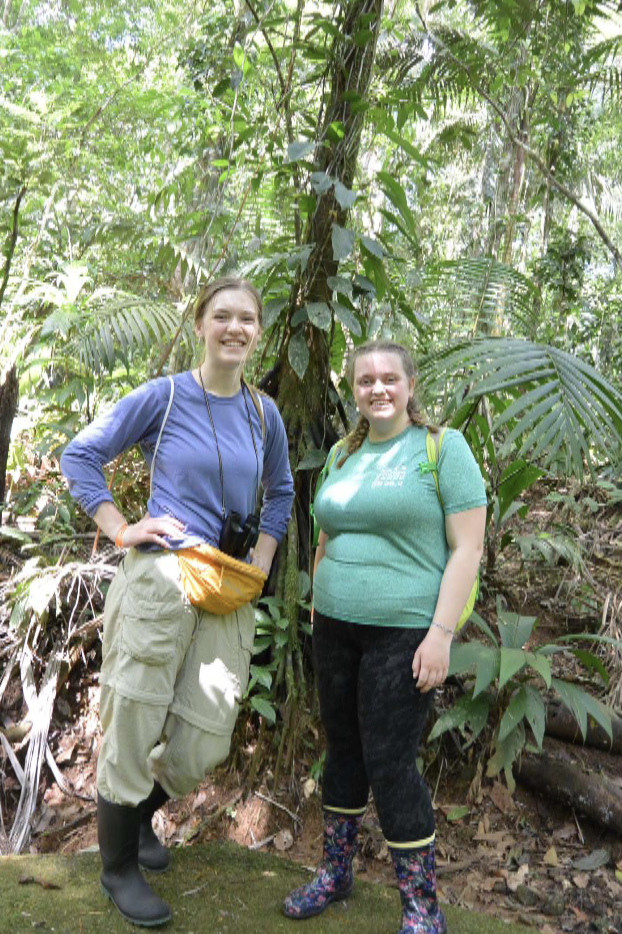
References
- Avalos, G. (2004). Production of a Second Set of Stilt Roots in Arborescent Palms: A Solution to the Puzzle. Palms, 48(2), 83-85.
- Clark, D.A. (2013). NPP Tropical Forest: La Selva, Costa Rica, 1975-1994, R1. Data set.
- Freiberg, M. (1996). Spatial distribution of vascular epiphytes on three emergent canopy trees in French Guiana. Biotropica, 345-355.
- Henderson, A., & Villalba, I. (2013). A revision of Welfia (Arecaceae). Phytotaxa, 119(1), 33–44.
- Ingram, S. W., & Nadkarni, N. M. (1993). Composition and distribution of epiphytic organic matter in a neotropical cloud forest, Costa Rica. Biotropica, 370-383.
- Köster, N., Nieder, J., & Barthlott, W. (2011). Effect of Host Tree Traits on Epiphyte Diversity in Natural and Anthropogenic Habitats in Ecuador. Biotropica, 43(6), 685–694.
- Laube, S. and Zotz, G. (2006), Long-term changes of the vascular epiphyte assemblage on the palm Socratea exorrhiza in a lowland forest in Panama. Journal of Vegetation Science, (17)307-314.
- Matlock, R., & Hartshorn, G. (1999). La Selva Biological Station (OTS). Bulletin of the Ecological Society of America, 80(3), 188-193.
- Raines, C. R., & Snow, S. S. (2010). Run, forest, run? The role of stilt roots in the "walking palm" Socratea exorhizza. Dartmouth Studies in Tropical Ecology, (91)83–86.
- Woods, C. L., Cardelús, C. L., & DeWalt, S. J. (2015). Microhabitat associations of vascular epiphytes in a wet tropical forest canopy. Journal of Ecology, 103(2), 421-430.

